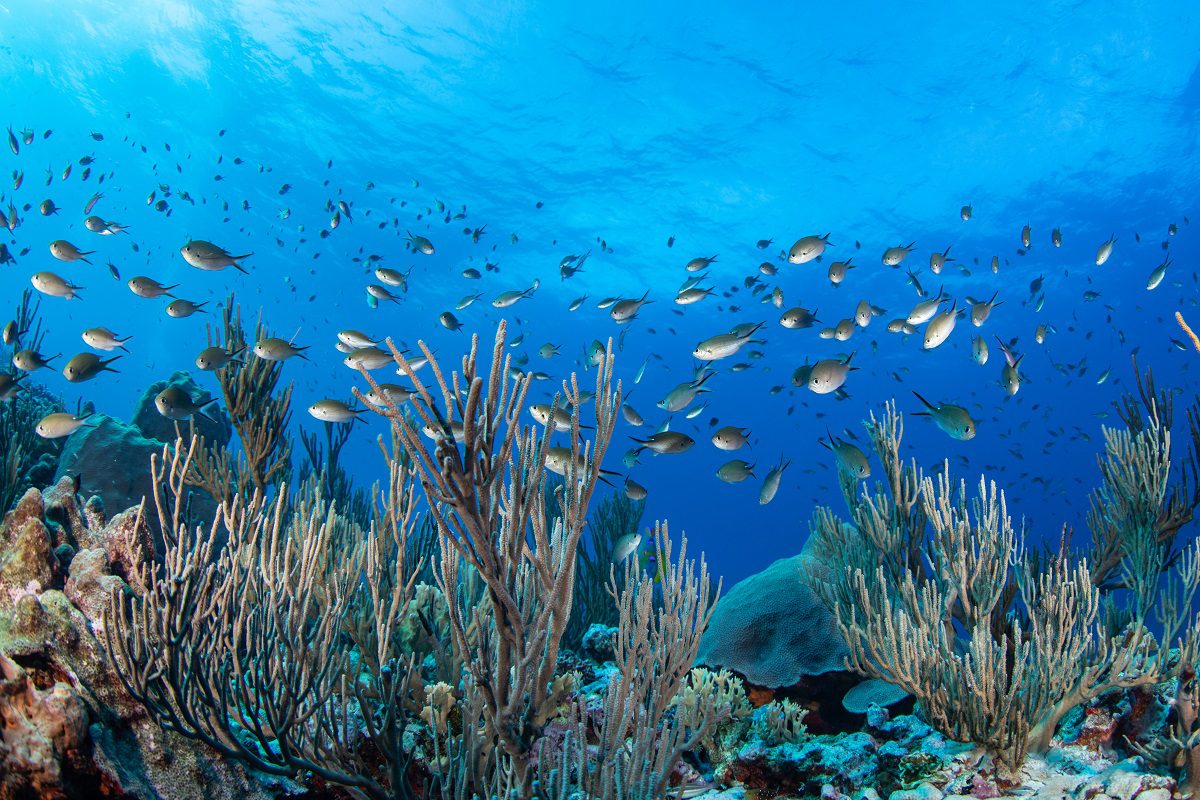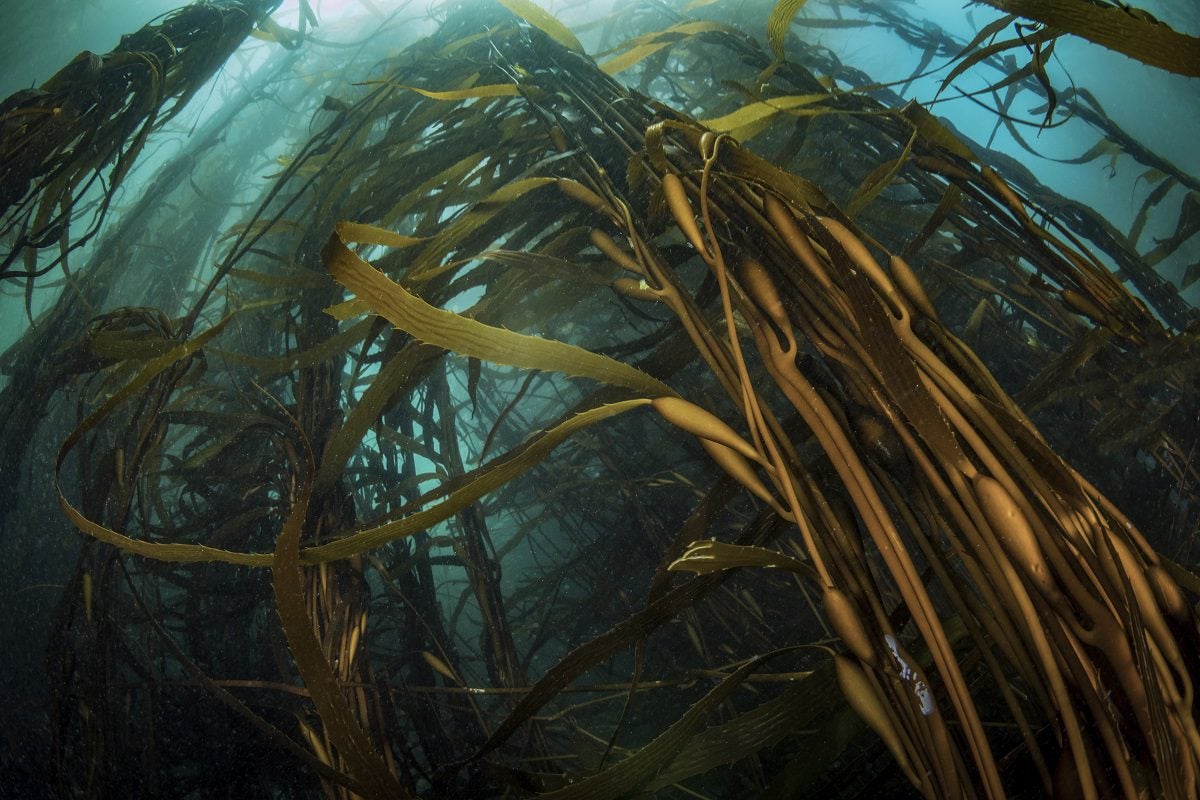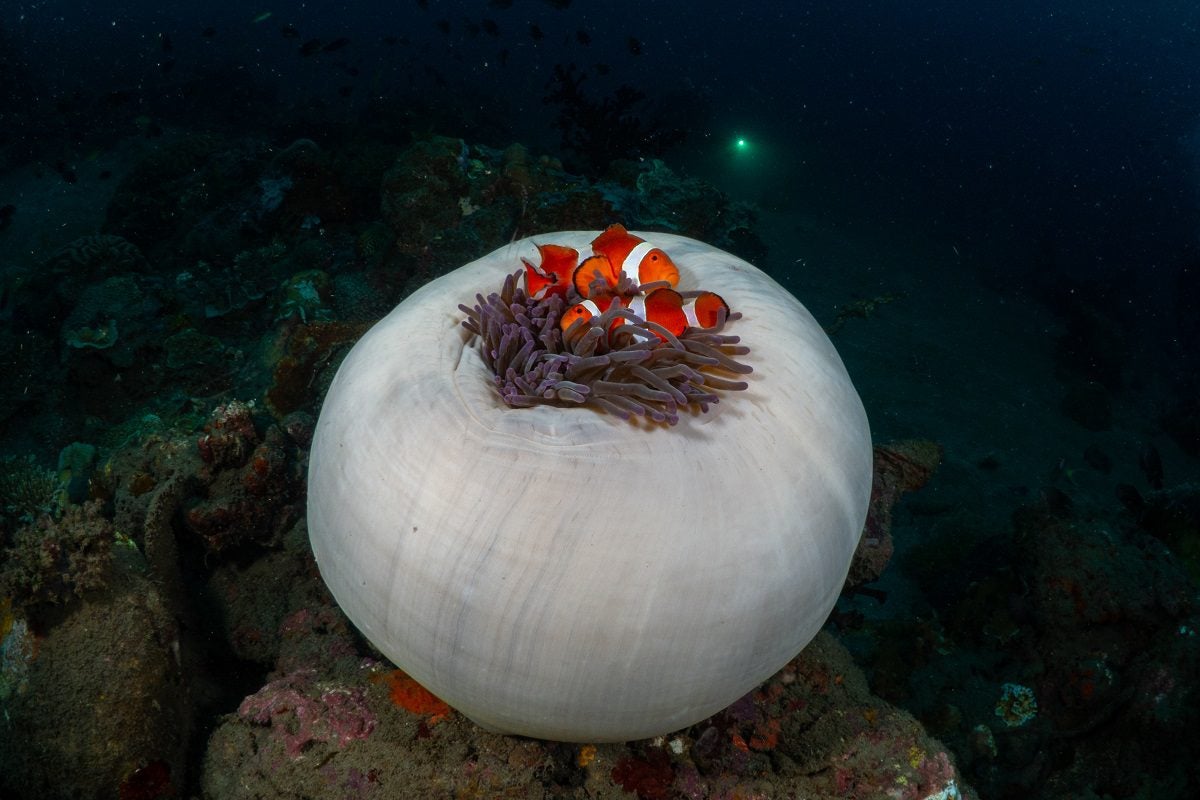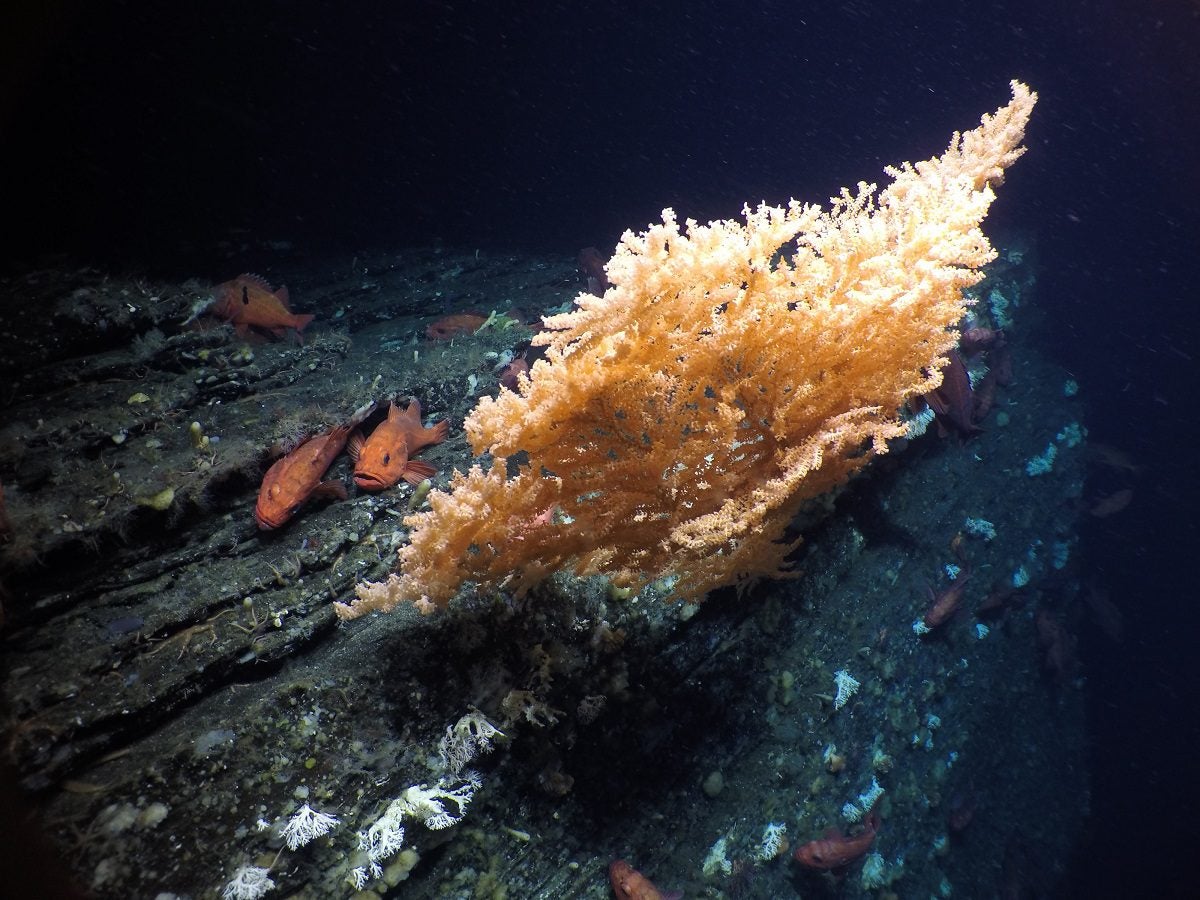Oceana’s Expeditions
Expeditions
Oceana’s on-the-water expeditions bring to life the essential underwater areas we seek to protect. We document unique habitats and – using photos, video, and scientific data gathered on our expedition – collaborate with local communities and allies to persuade policymakers to protect these exceptional places.
Since 2005, Oceana has led more than 60 expeditions and conducted thousands of ocean surveys across the United States, European Union, Canada, Chile, Mexico, Belize, the Philippines, Brazil, Peru, and the United Kingdom.
Below are a few of our more recent expeditions.
EXPLORE OCEANA’S RECENT EXPEDITIONS





ALACRANES REEF AND BAJOS DEL NORTE
The Alacranes and Bajos del Norte reefs in Yucatan are home to sea turtles, whales, sharks, dolphins, and commercially important species like lobster and grouper. Oceana and expedition partner Blancpain joined a team of scientists to assess the condition and health of these reefs and to document the vibrant marine life. Using the data and information obtained during the expedition, Oceana campaigned – and won – necessary protections to ensure the conservation of these unique ecosystems, which are threatened by the growth of tourism, overfishing, and pollution.
PISAGUA SEA
Little was known about Pisagua until Oceana and the Universidad Arturo Prat conducted four expeditions to the area in recent years. Located in the Tarapacá region in northern Chile, Oceana found rich biodiversity, including an abundance of krill, prawns, and macroalgae forests. Larger animals like fish, mammals, and birds reproduce in this region, and Chile’s most important commercial fish – anchovies – release their eggs here. Oceana’s findings, and the support of its allies including artisanal fishers, were instrumental in making Pisagua a marine protected area in 2023.
PANAON ISLAND
Oceana explored the coral-rich waters surrounding Panaon Island in the Philippines. During the 21-day expedition, Oceana found that more than half of the coral reefs surrounding the island were in very good condition. Fish populations in the area were found to be diverse and abundant, as were seagrass and mangroves. While these reefs are thriving now, they face many risks that jeopardize their future. During the expedition, scientists found evidence of illegal and destructive fishing, plastic pollution, and unbalanced tourism growth. These threats, along with intensifying impacts of climate change, are why Oceana is campaigning for a national marine protected area for the reefs and marine ecosystems surrounding Panaon Island.
NORTHEAST PACIFIC SEAMOUNTS
In 2018, Oceana Canada partnered with Fisheries and Oceans Canada, the Haida Nation, and Ocean Networks Canada to explore Northeast Pacific Seamounts located off the west coast of Vancouver Island. This deep-sea exploration revealed centuries-old forests of red tree corals and glass sponges that provide habitat for numerous animals, including sea lilies, basket stars, octopuses, prowfish, and many long-lived rockfish. Above the seamounts, the upwelling of deep nutrient-rich water fuels the growth in planktonic life that attracts larger species such as tunas, sharks, and whales. This expedition and campaigning by Oceana, its allies, and years of hard work by Indigenous Peoples, was key to securing a new marine protected area (MPA) for these seamounts. The MPA measures over 133,000 square kilometers – four times the size of Vancouver Island. It is the largest MPA in Canada and is co-managed by the government and several First Nations.
Since Oceana’s maiden voyage across the Atlantic Ocean and Mediterranean Sea in 2005, we have led more than 60 expeditions and conducted thousands of ocean surveys.



